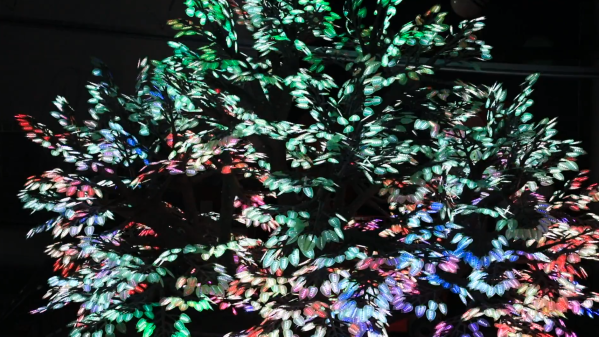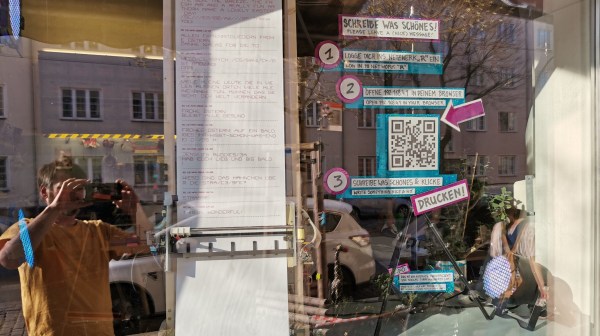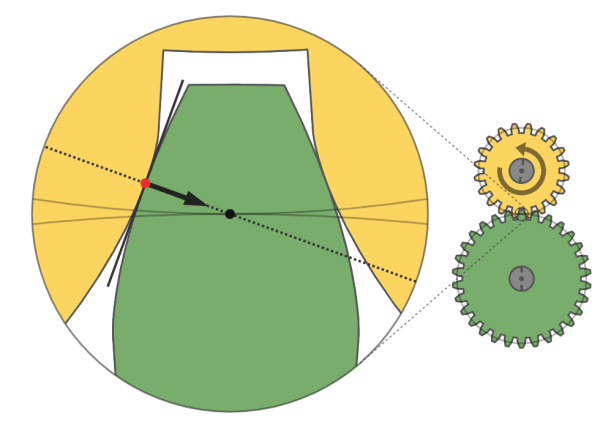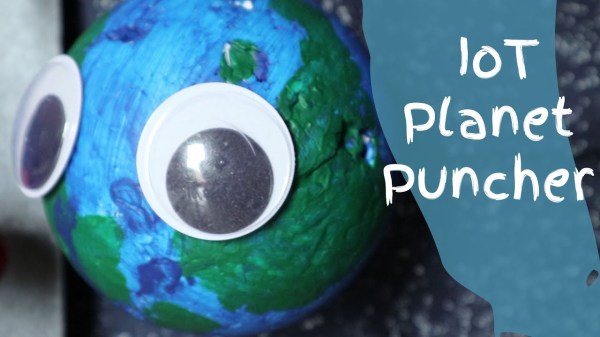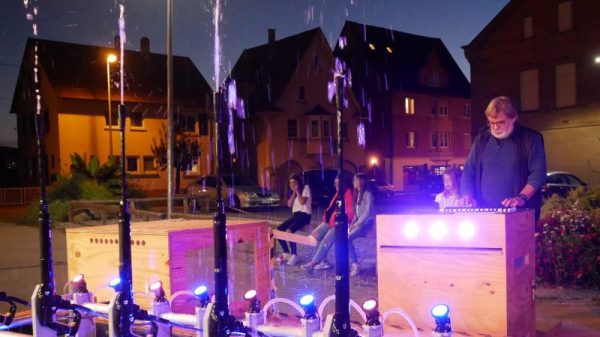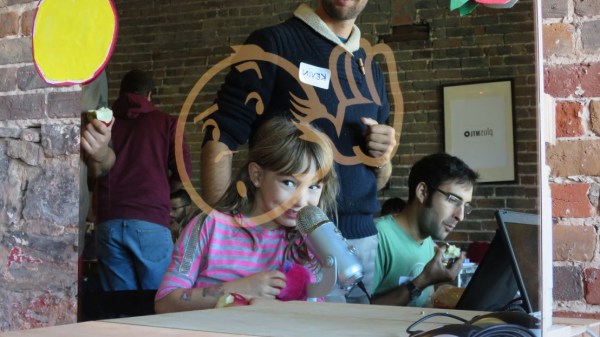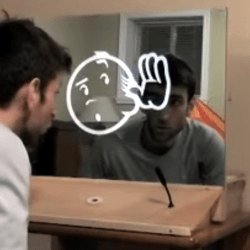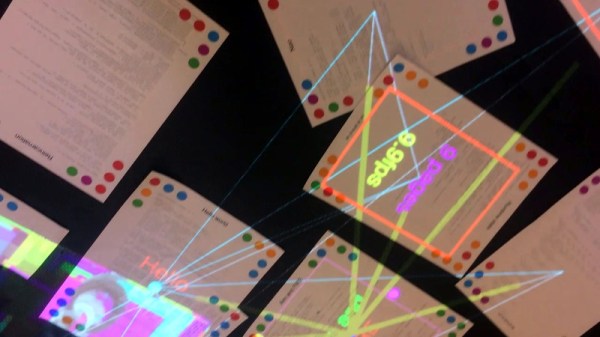Join us on Wednesday, July 1 at noon Pacific for the LED Art Hack Chat with Aaron Oppenheimer!
From the first time humans crawled into a cave with a bit of charcoal to sketch scenes from the world around them, artists have been searching for new media and new ways to express themselves. Natural products ruled for thousands of years, with pigments stolen or crafted from nature as well as wood, ivory, bone, and stone for carving. Time and experience guided our ancestors to new and better formulations and different materials, to the point that what qualifies as art and what we’d normally think of as technology have, in many cases, blended into one, with the artist often engineering projects of mammoth proportions and breathtaking beauty.
 Aaron Oppenheimer co-founded color+light, a company that specializes in large-scale custom art installations for companies like Google, Nike, and Nissan. One of their projects, the “Oddwood Tree”, is displayed alongside other gigantic art pieces at Area15 on the Las Vegas strip. His most recent project, fluora, is a digital houseplant, with addressable LEDs in the leaves that can be controlled by a smartphone app or respond to stimuli in the environment.
Aaron Oppenheimer co-founded color+light, a company that specializes in large-scale custom art installations for companies like Google, Nike, and Nissan. One of their projects, the “Oddwood Tree”, is displayed alongside other gigantic art pieces at Area15 on the Las Vegas strip. His most recent project, fluora, is a digital houseplant, with addressable LEDs in the leaves that can be controlled by a smartphone app or respond to stimuli in the environment.
Aaron will join us on the Hack Chat to discuss the LED as artistic medium. Join us as we learn what it takes to make enormous art that’s strong enough to interact with yet responsive enough to be engaging.
 Our Hack Chats are live community events in the Hackaday.io Hack Chat group messaging. This week we’ll be sitting down on Wednesday, July 1 at 12:00 PM Pacific time. If time zones have you down, we have a handy time zone converter.
Our Hack Chats are live community events in the Hackaday.io Hack Chat group messaging. This week we’ll be sitting down on Wednesday, July 1 at 12:00 PM Pacific time. If time zones have you down, we have a handy time zone converter.
Click that speech bubble to the right, and you’ll be taken directly to the Hack Chat group on Hackaday.io. You don’t have to wait until Wednesday; join whenever you want and you can see what the community is talking about.

